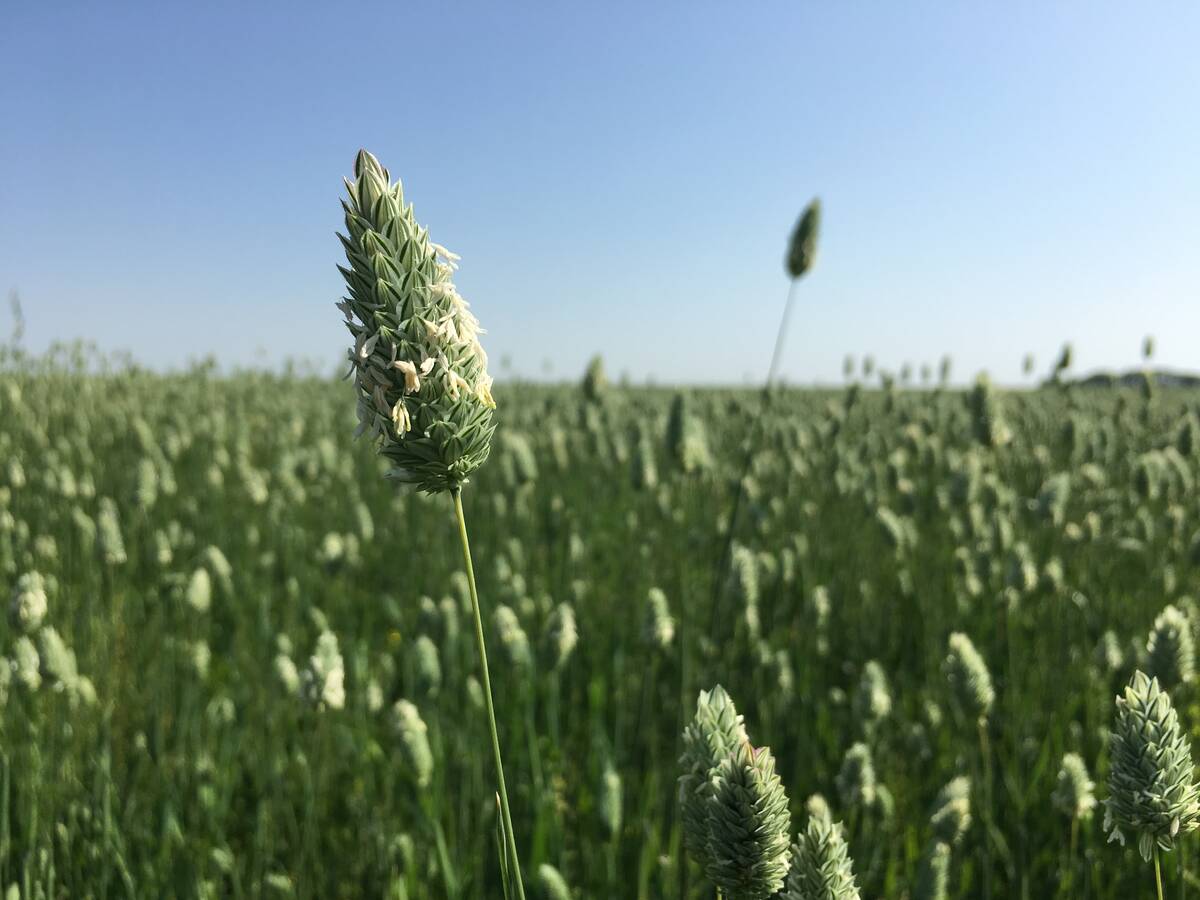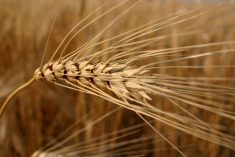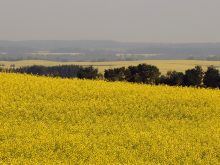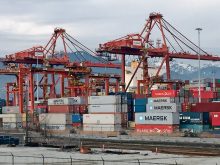Canola stocks are low, the Prairies are critically dry, seeding has
been delayed by cold weather and some producers are switching to other
crops.
These are most of the ingredients for a market rally, but there’s a
crucial element missing.
“Farmers are questioning why canola prices aren’t moving higher, but
there’s just no demand,” said Nolita Clyde of Statcom Ltd.
“Unless we get below five million metric tonnes (of canola production),
my guess is that the market won’t jump up and down.”
Read Also

No special crop fireworks expected
farmers should not expect fireworks in the special crops market due to ample supplies.
Canola futures prices have increased in recent weeks, but only in step
with the increase in soybean futures prices. Canola is not forcing a
premium from buyers, even though its prospects on the Canadian Prairies
look poor.
“Buyers and users of canola seem content to just sit and wait and see
what develops,” said Ken Ball of Benson Quinn GMS. “They’re not going
to chase after the market.”
Some canola buyers need to buy canola every year, so they can drive
prices higher if supplies get short and they get scared. Agriculture
Canada in May estimated canola production in 2002-03 would be 5.05
million tonnes, enough to fill all this inelastic demand. As a result,
those buyers won’t panic if the crop is that size or larger.
Anything more than five million tonnes means canola is sold on the
world market at a generally predictable relationship to soybeans.
Soybean futures prices have recently risen as Malaysian palm oil stocks
have fallen and more soy oil has been bought on the world market.
The financial and political chaos in Argentina raised questions about
whether that country’s soybeans will make it into the market.
These factors have caused the November canola futures contract to
increase to as high as $337 per tonne late last week from less than
$320 per tonne at the start of May.
But Ball said it is remarkable that the differential between canola and
soybeans hasn’t budged.
“Canola has yet to show signs of adding even $1 on weather,” he said.
“Canola has yet to add in any premium (over soybeans) over a month ago.”
Clyde said she expects canola’s spread with soybeans will widen to
canola’s benefit.
“But whether that will be in one month or in six months is impossible
to say.”
Clyde said a slight weather concern can be seen in the Winnipeg
Commodity Exchange market, because canola usually slips over the summer
months. This year it has stayed firm, and, from May 27, started to see
some small buying.
But traders are likely to stay relaxed over the size of the crop until
sometime in June, when it becomes clear how many acres farmers have
sown and whether essential rains arrived.
If it turns out fewer canola acres were seeded or there is a wide
failure of crops to germinate, the market could ignite, Clyde said.
The canola crop will also be more susceptible to burning this summer,
because the flowering period for many late-seeded crops will now fall
into the hottest part of the summer. That would be bad for farmers’
crops, but could lift the price.
“It might take only one period of hot and dry conditions for the market
to wake up and realize that this might be a problem.”
She has already lowered her yield estimates for this year’s crop in
Saskatchewan by 10 percent, but thinks that may still be too optimistic.
With 40 percent of the crops in Saskatchewan and Alberta in critically
dry areas, supply shortfalls could easily occur.
But for now, the industry is still hoping for a crop that meets demand.
“No one has written the crop off yet,” Clyde said.















